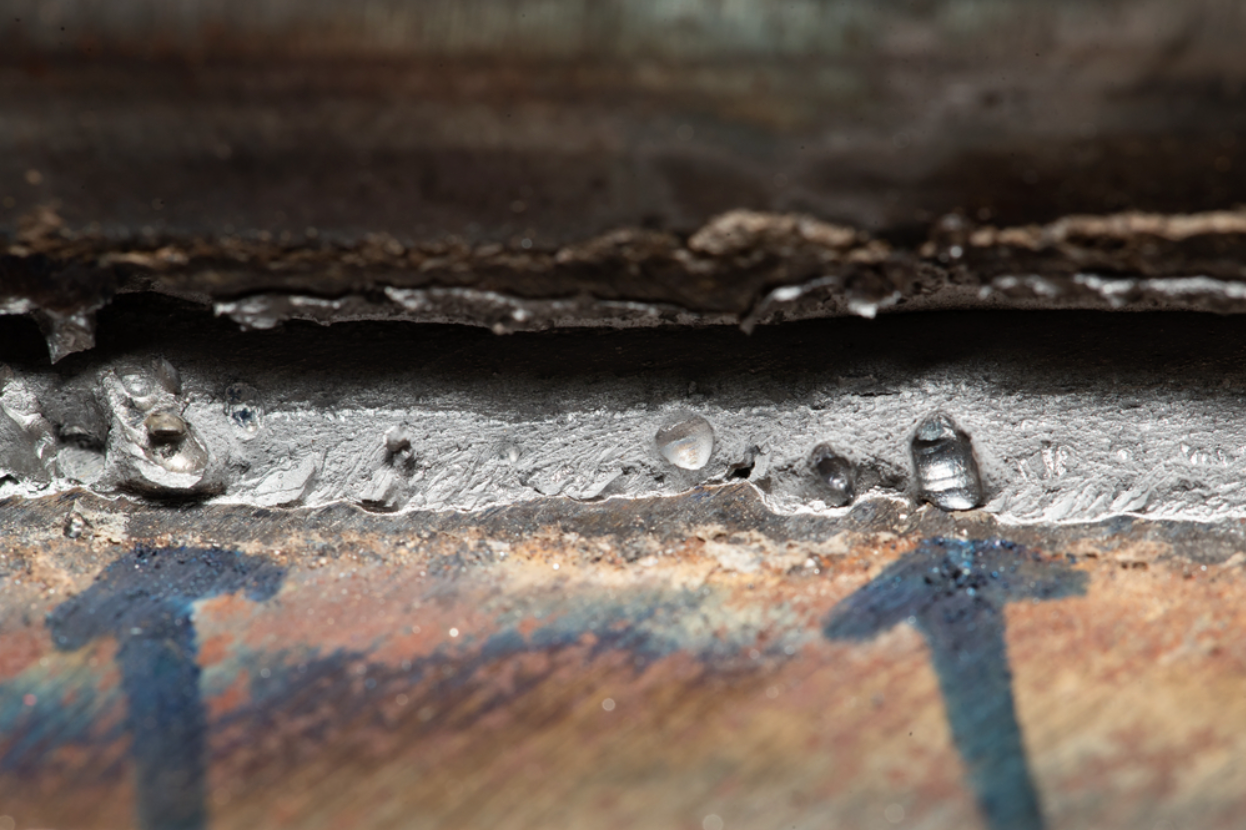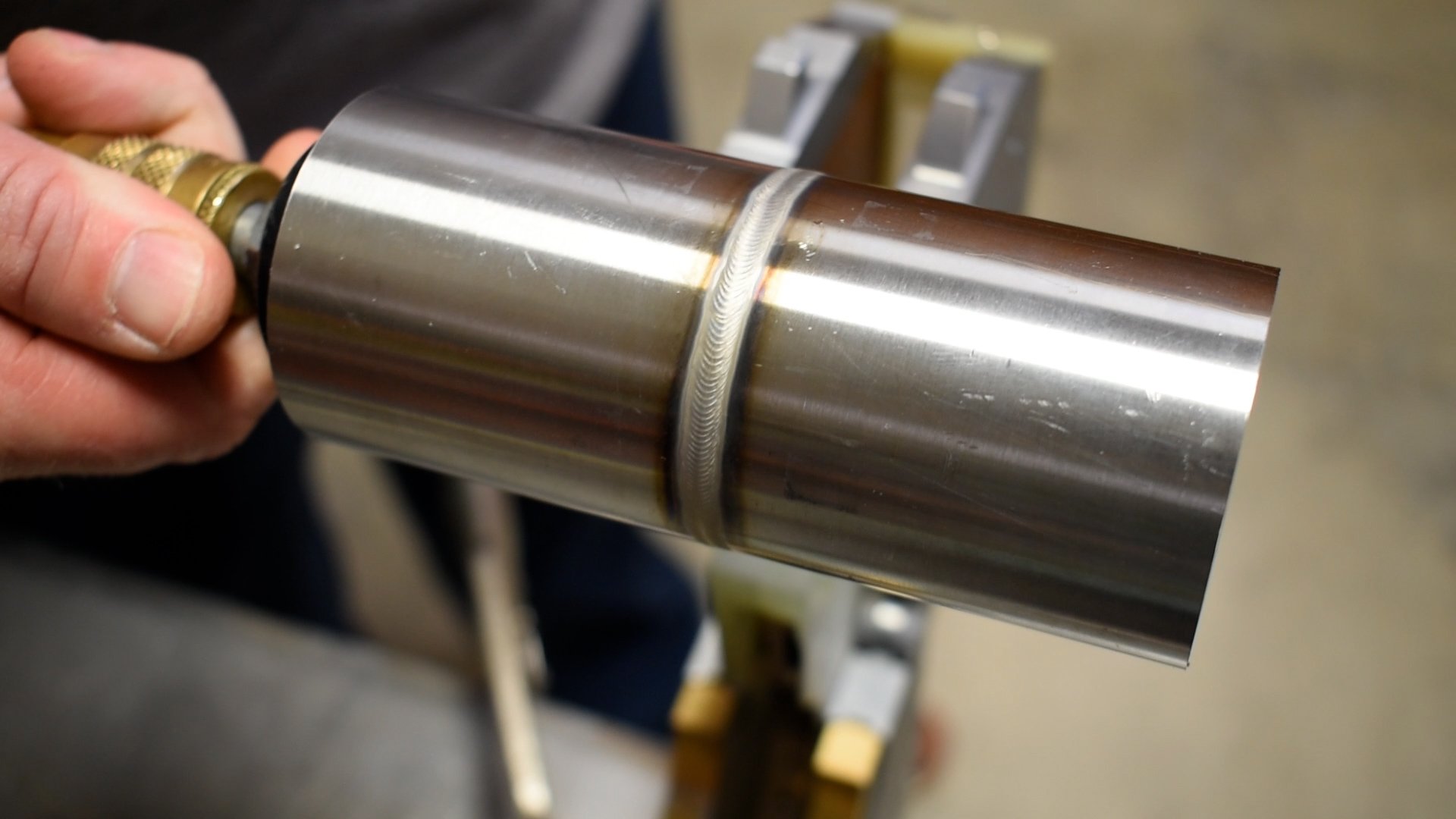Your Complete Handbook to Preventing Weld Undercut Like a Pro
Your Complete Handbook to Preventing Weld Undercut Like a Pro
Blog Article
Mastering the Art of Welding: Exactly How to Avoid Undercut Welding Issues for Flawless Fabrication Results
By comprehending the root causes of undercut welding and implementing effective techniques to prevent it, welders can raise their craft to new levels of excellence. In the search of perfect manufacture results, mastering the art of welding to stay clear of undercut problems is not just an ability yet a necessity for those aiming for excellence in their work.
Understanding Undercut Welding

To avoid undercut welding, welders need to guarantee correct welding parameters, such as adjusting the present, voltage, traveling speed, and keeping the proper electrode angle. By understanding the reasons of undercut welding and applying preventive steps, welders can attain high-grade, structurally sound welds.
Reasons For Undercut in Welding
Recognizing the factors that contribute to undercut in welding is important for welders to create top notch, structurally audio welds. Poor welding current or wrong welding rate can likewise add to undercut. Comprehending these causes and implementing appropriate welding strategies can help stop damaging issues, guaranteeing strong and sturdy welds.
Techniques to stop Undercutting

To alleviate the risk of damaging in welding, welders can utilize tactical welding strategies aimed at improving the high quality and honesty of the weld joints. In addition, making use of the proper welding strategy for the certain joint setup, such as weave or stringer grains, can contribute to reducing damaging.
Employing back-step welding techniques and managing the weld grain profile can also aid disperse warm evenly and lessen the threat of undercut. Routine evaluation of the weld joint during and after welding, as well as carrying out quality guarantee measures, can assist in addressing and detecting undercutting concerns immediately.
Value of Correct Welding Specifications
Selecting and keeping ideal welding specifications is essential for attaining successful welds with very little issues. Welding parameters describe variables such as voltage, present, travel rate, electrode angle, and securing gas flow price that straight impact the welding procedure. These parameters need to be thoroughly adjusted based on the sort of material being bonded, its density, and the welding method employed.
Proper welding criteria make certain the correct amount of warmth is related to thaw the base steels and filler material evenly. If the specifications are established expensive, it can cause extreme warm input, triggering spatter, distortion, or burn-through. On the other hand, if the criteria are too low, insufficient blend, absence of infiltration, or damaging may happen.
Quality Control in Welding Operations

Conclusion
To conclude, mastering the art of welding needs a thorough understanding of undercut welding, its reasons, and strategies to stop it. By ensuring proper welding parameters and executing quality assurance techniques, remarkable construction outcomes can be accomplished. It is important for welders to continually pursue excellence in their welding operations to stay clear of undercut concerns and generate top notch welds.
Undercut welding, a typical issue in welding processes, occurs when the weld steel does not effectively load the groove and leaves a groove or clinical depression along the welded joint.To avoid undercut welding, welders should guarantee proper welding specifications, such as changing the present, voltage, travel rate, and preserving the appropriate electrode angle. Inadequate welding existing or inaccurate welding rate can additionally contribute to damage.To alleviate the threat of damaging in welding, welders can use tactical welding go to my site methods aimed at boosting the quality and stability of the weld joints.In conclusion, understanding the art of welding needs an extensive understanding of undercut welding, its causes, and strategies to avoid it.
Report this page